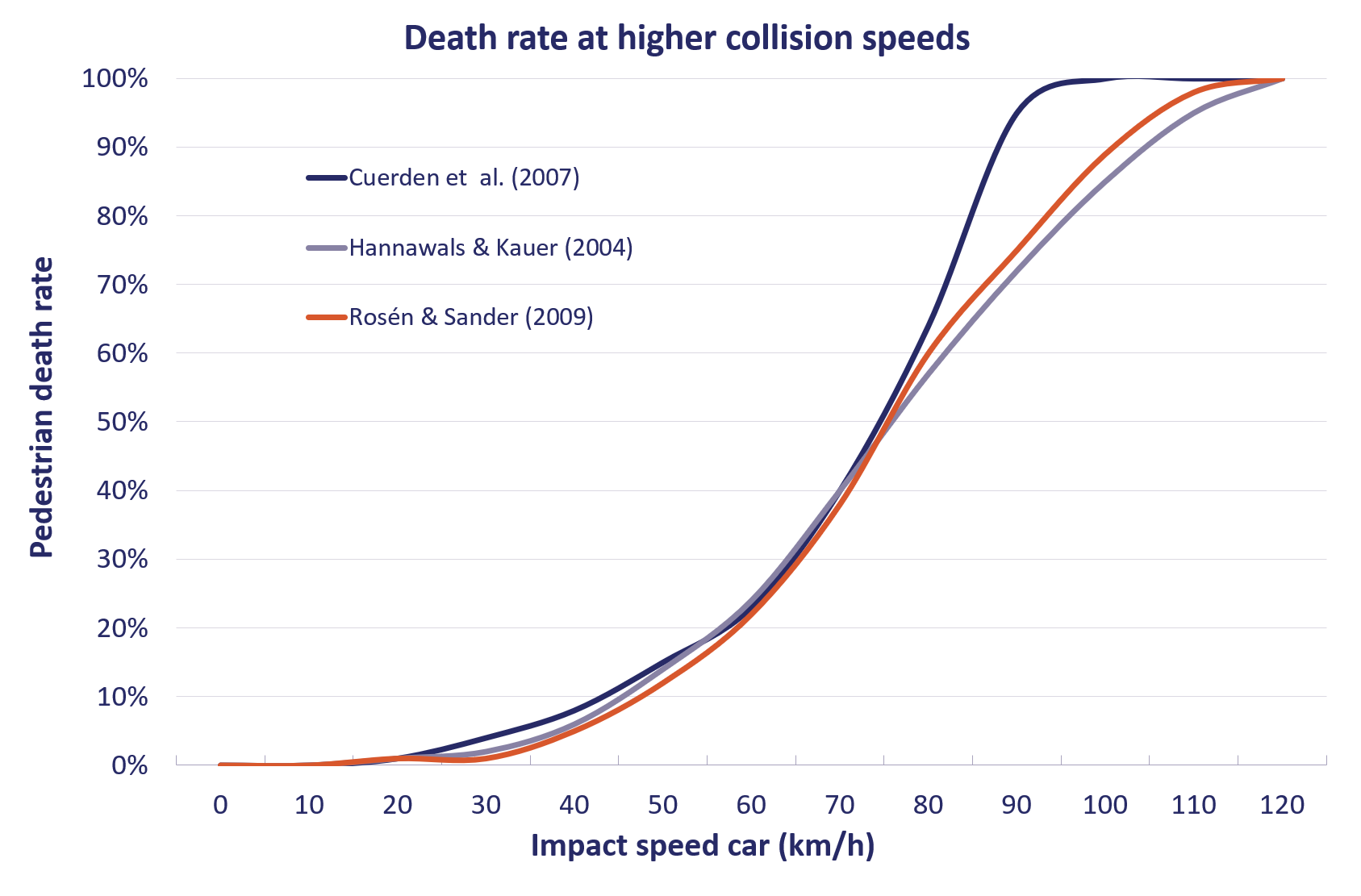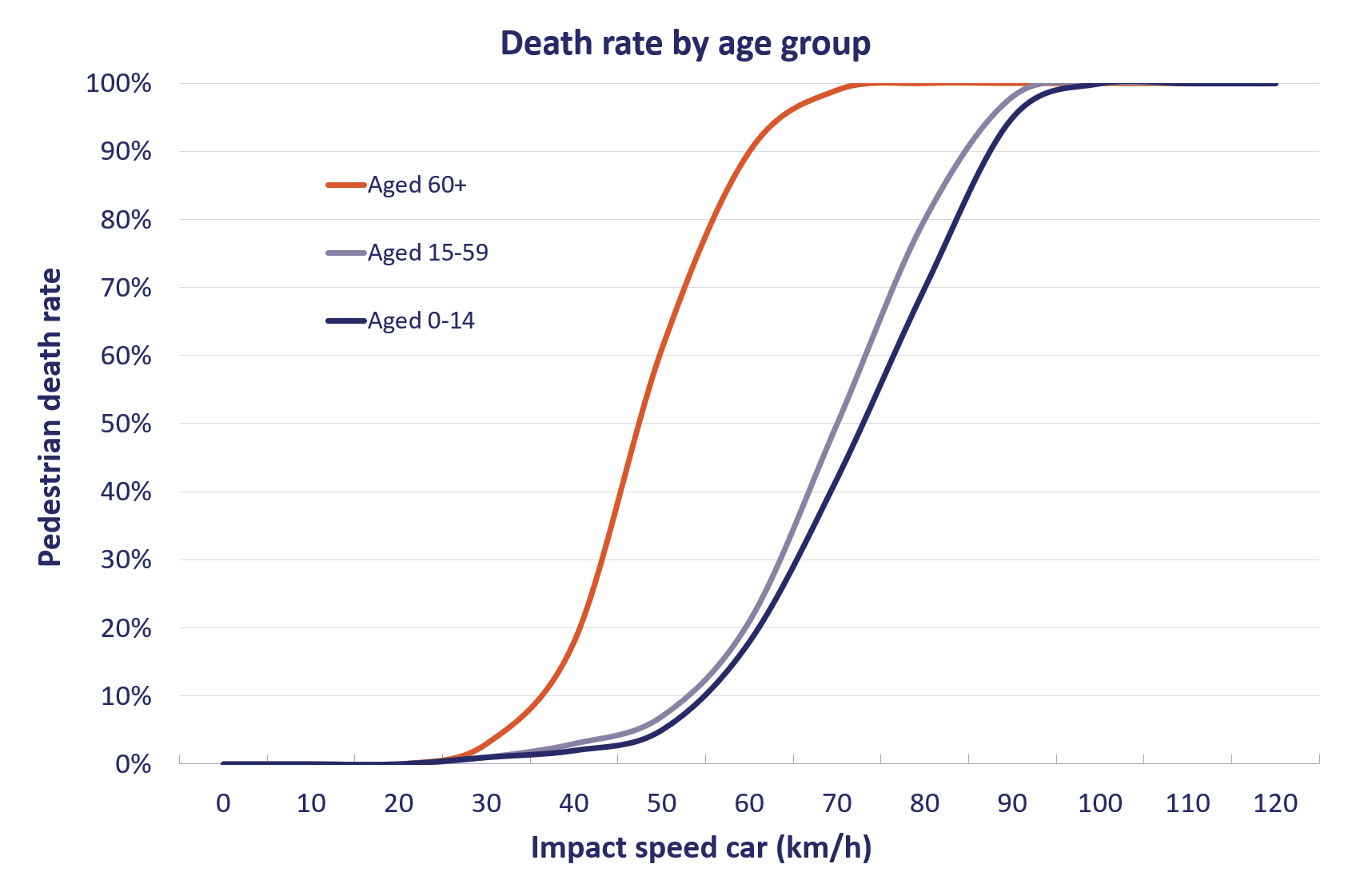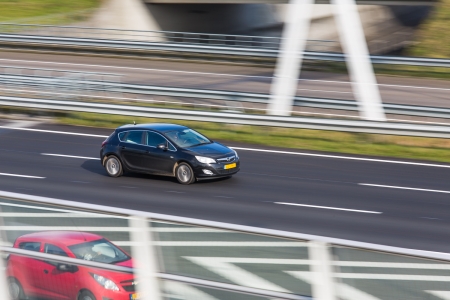Equal (impact) speed does not have equal consequences for all road users. The consequences mainly depend on the mass of the colliding vehicles and the extent to which the crash opponents are protected and vulnerable.
Mass
In a collision, difference in mass determines which vehicle absorbs which part of the energy released. The occupants of the lighter vehicle are worse off than those of the heavier vehicle. Mass differences are evident in the case of trucks colliding with cars, but there are also considerable mass differences between cars. The difference between a large SUV and a small city car may easily amount to a factor up to 3.
Protection
Mass differences in a collision between a motor vehicle and an unprotected and therefore vulnerable moped rider, cyclist or pedestrian are of an entirely different order. In that case, mass differences from a factor of 10 (a very light small car) to almost 700 (trucks weighing 50 tons) are involved. For vulnerable road users, chances of survival decrease dramatically as (impact) speed increases (Figure 4). An overview of several studies [22] shows that, in a collision with a car, more than 95% of pedestrians survive at an impact speed of 30 km/h; 85% survive at an impact speed of 50 km/h, about 40% at an impact speed of 80 km/h, and only a few at an impact speed of 100 km/h.
 Figure 4. The relationship between impact speed and pedestrian death rate in a collision with a passenger car (Source: [22] ).
Figure 4. The relationship between impact speed and pedestrian death rate in a collision with a passenger car (Source: [22] ).
Vulnerability
Older road users are physically more vulnerable than younger road users. If impact speed is equal, they have a significantly smaller chance of surviving a collision (see Figure 5; Davis, 2001; in [22] ).
 Figure 5. The relationship between impact speed and pedestrian death rate for different age groups when colliding with a passenger car (Davis, 2001; in [22] ).
Figure 5. The relationship between impact speed and pedestrian death rate for different age groups when colliding with a passenger car (Davis, 2001; in [22] ).
